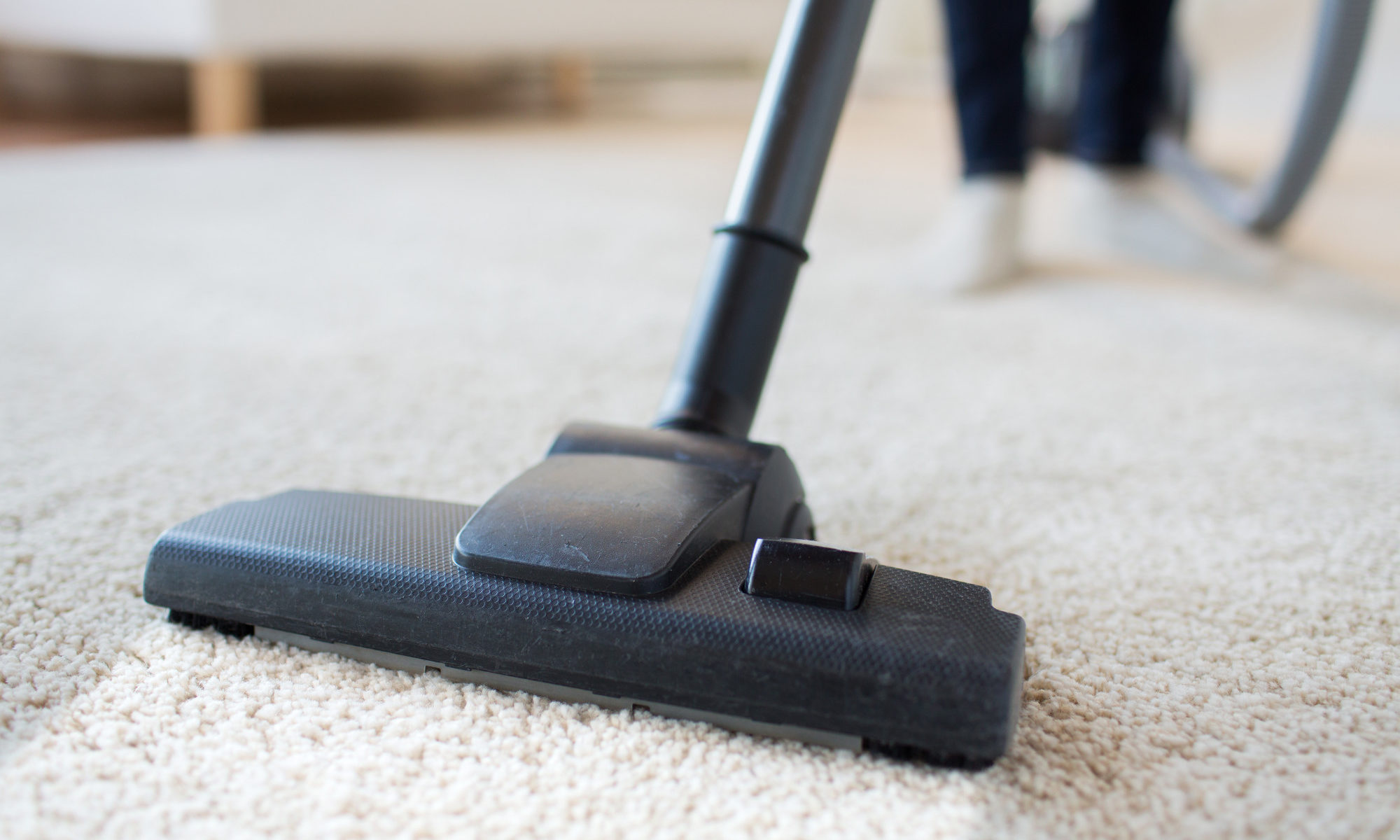Divorce has never been easy. It involves going through tremendous amounts of pain, struggling with mental and physical health, managing other aspects of divorce when you have no energy left. It can strike even worse to the people who are already suffering from mental health issues. For such people, the process can be a little more complicated but remember that there is always the light at the end of the tunnel. And it all gets better with time.
If you’re divorcing a spouse with mental illness, it changes the whole negotiation process and, in some cases, it might get really hard to come to reasonable negotiations. While you’re at it, you could use some tips to make it as smooth as you can. Let’s hear it out:
Tips To Follow When You’re Divorcing Someone With Mental Illness
There are so many things that you need to keep in mind. We have tried to narrow down our list to few tips that prove to be the most effective:
Do Not Try To Change The Person
Well, the one thing that’s definitely not going to work is changing the person with mental illness. You can try to make amends in yourself, your actions, and your divorce process, but you don’t mess up with theirs. Mental issues are something that doesn’t go away that quickly. You have to understand their concerns and take your next step accordingly. If there are a lot of issues in their approaches, you must seek professional help.
Wait For Them To Be In Their Right Mind
People with mental illness have their ups and downs. They have their bad days and good days. So, never ever make a move when their mental state is highly unstable. Instead, wait for them to reach the state of mind when they are able to think clearly. That is the time when they will be able to make reasonable decisions. Therefore, never rush things when you’re divorcing someone mentally ill. Always choose the best time for talking to them.
Do Not Feel Guilty About Yourself
Poor mental health may affect a relationship a lot. You might want to be there for your partner, but sometimes it consumes you all. Then comes the time when you get tired and want an out. Let us assure you that it is okay to feel that way. It is okay to look for your own happiness instead of giving someone your all. So, if you face the feelings of guilt, failure, and loneliness, do not forget to remind yourself that your mental health is important too and that you have the right to be happy no matter what. If that takes moving out of the marriage, so be it.
Keep The Divorce Process Friendly
No matter how complicated the situation gets, always try your best to keep things friendly from your end – especially if you have children to look after. Do not fight over unnecessary details and try to make reasonable agreements with your spouse. Keep their mental situation in mind while you do that. Go for some other more friendly divorce alternatives if you can. It’s okay if you have to lose a thing or two, but make sure the divorce process is easy on both of you.
Starting The Divorce Process
When you’re filing or starting the divorce, you must mention and state the “grounds” for divorce or reasons for the separation – and mental health concerns of your spouse can be one. If you are divorcing your spouse on the faults grounds, you must provide proof of abuse, negles, ignorance, incurable mental illness, infidelity, abandonment, or other fault factors allowed and recognized by your state as the grounds for divorce.
Obtaining a no-fault divorce, on the other hand, is typically a simpler process and doesn’t require you to prove the cause of your divorce. Virtually every state recognizes “no fault” grounds where a couple can simply plead that irreconcilable differences led to the marriage’s breakdown.
However, if you’re seeking a divorce due to a spouse’s severe mental health issues, you may want to file for a fault-based divorce. In certain circumstances, you could be entitled to a larger share of marital assets or a higher support award if you’re able to prove your spouse’s mental health issues caused the marriage’s breakdown. If you’re unsure whether a fault or no-fault divorce is right for you, contact a local family law attorney for advice.
Can Your Spouse’s Mental Illness Prevent You From Obtaining Divorce?
Mental illness can be a legal defense against some of the criminal charges but these rules are not applicable as far as divorce cases are concerned. Your divorce is not assessed on the basis of mental illness of your spouse. Neither you nor your spouse can avoid a certain divorce by pleading mental health issues. Nevertheless, a person going through mental illness may be entitled to some additional privileges and protection under the law especially if the respective spouse is residing in the mental health facility. There are many states in Canada where a judge will appoint a guardian to represent a spouse who has impairing mental health issues or is housed in a mental health facility to ensure that the ill spouse’s legal interests are protected and ideally represented in a divorce.
Mental Illness & Child Custody
A mentally ill person may lose their parental rights due to mental illness under extreme conditions. If the court feels that a parent’s mental illness is affecting the child’s health or well-being or if they feel that the child’s best interest requires them to be removed from their custody, only then one’s parent’s right might be terminated.
Below-mentioned conditions can lead to the termination of one’s parental rights:
- The parent has not been able to be present for their children due to mental illness.
- The parent is not able to provide for their children’s needs due to mental illness..
- The child has been removed from the parent’s care due to mental health concerns in the past and legal expectations have not been met.
Even the persons who are proactively treating their mental illness and have been able to maintain good health, they will be treated the same as the person with mental illness in the court. In general, having a mental illness won’t jeopardize child custody without any reasonable cause.
Just keep in mind that there is no single factor that can determine the result of a custody case. And therefore, your mental health issues won’t necessarily strengthen or weaken your case. On the contrary, a judge will evaluate your family’s overall circumstances to determine the custody of your child. And they will make decisions according to your child’s best interest.
Your mental health issues can be one of various factors that a judge might keep in mind while making a decision in your case. Here are some factors that can be looked upon by a judge to determine your custody case:
- the child’s need, how developed the child is, and the child’s age
- the kind of relationship child shares with each of the parent
- The ability of each parent to meet the child’s needs and provide a good life
- The age of each parent and their physical and emotional health
- How well the child adjusts to the school and community
- The kind of relationship child shares with siblings and extended family members
- History of domestic violence by either parent
- The willingness of each parent to allow a relationship between the child and the child’s other parent, and
- any other relevant factor.
These were some of the many factors that a judge might consider before giving you the custody of the child. Parents with more severe mental health issues may face greater obstacles to obtaining custody. Also, your family’s living environment and unique circumstances may also affect your custody case. The idea is to protect the rights and best interests of the child.
How To Protect Your Mental Health During Divorce?
The entire process of divorce can be mentally exhausting and emotionally draining. It jeopardizes your overall well-being, no matter if you’re mentally ill or not. Therefore, it is very important that you reach out to the therapists or your loved ones for the emotional support you might need at the moment. At the same time, keep a healthy diet, work out whenever you can, and take a walk into nature when you’re feeling low or lost. Maintaining good sleeping patterns and meditating will also help.













